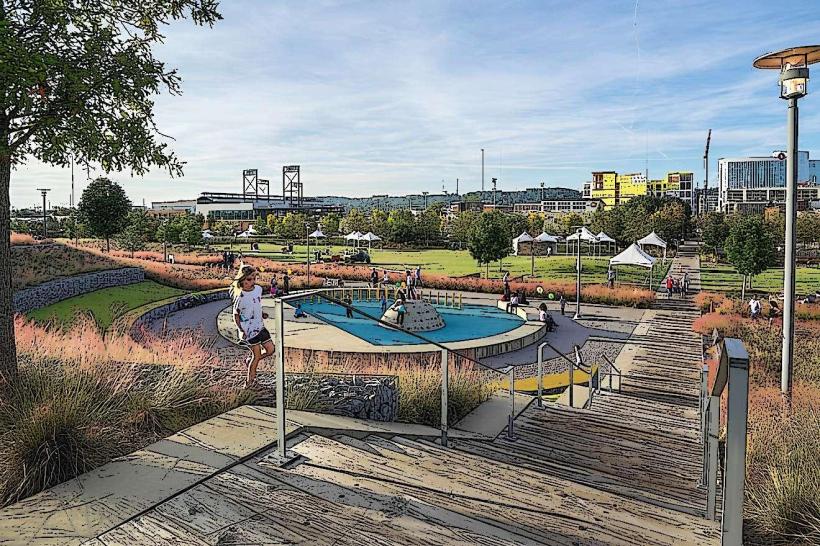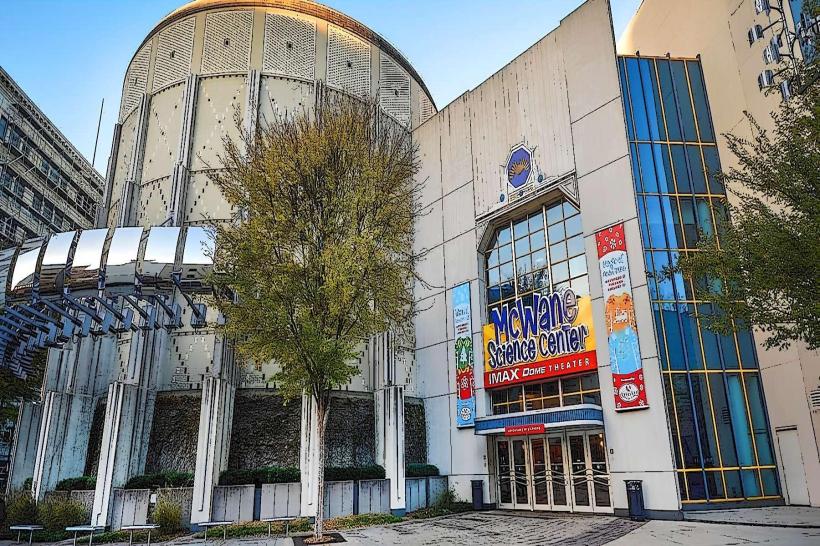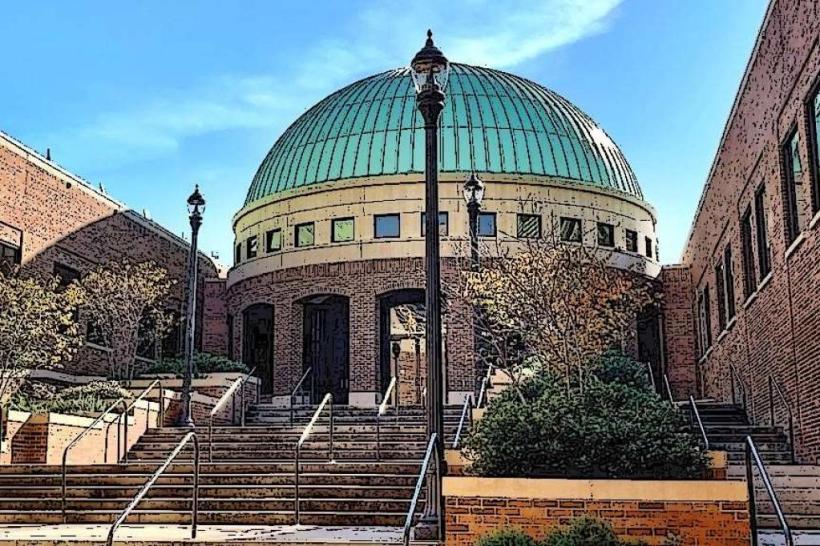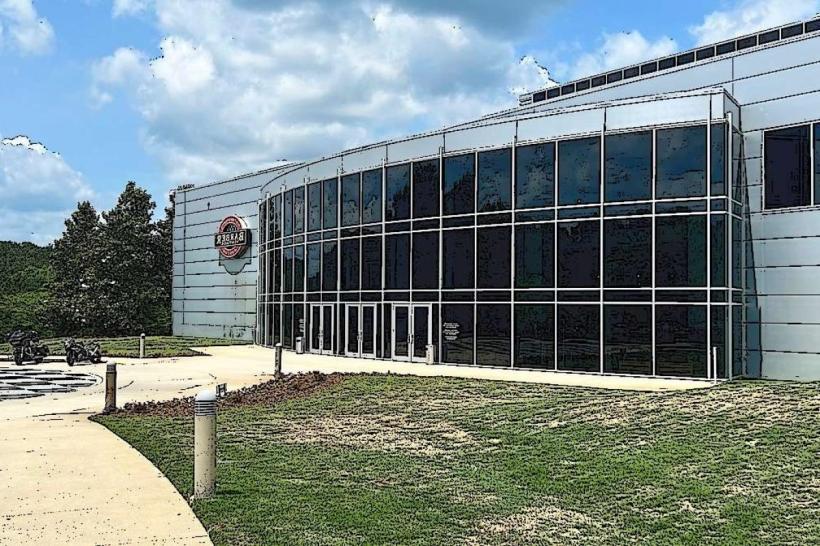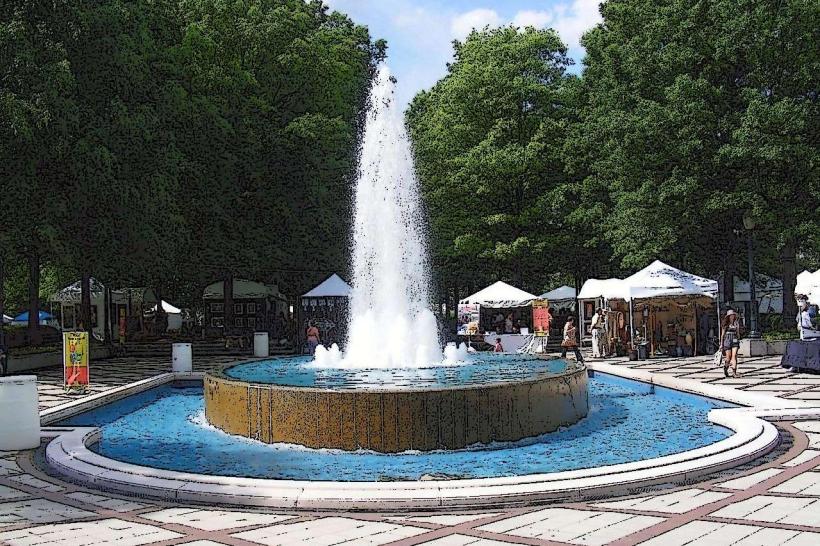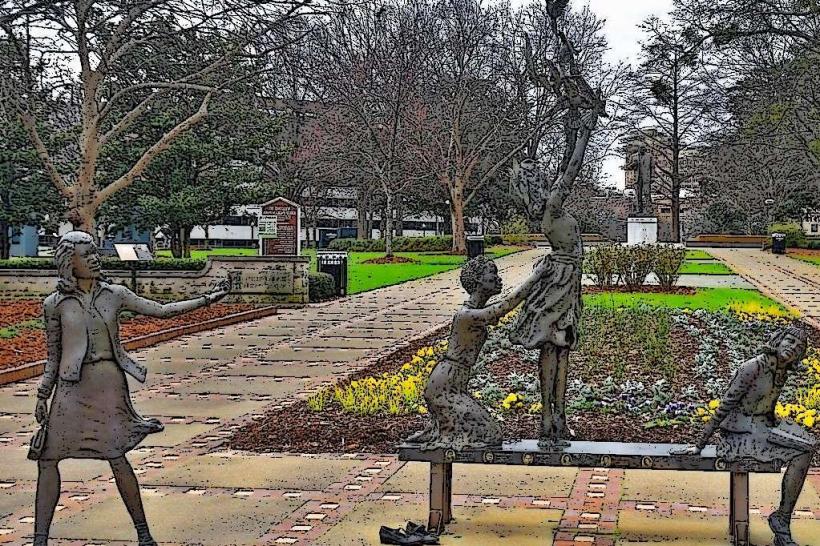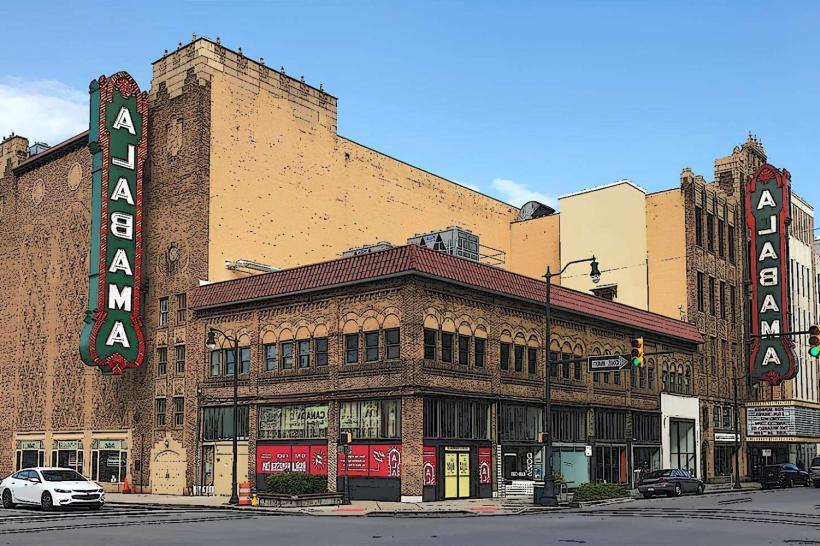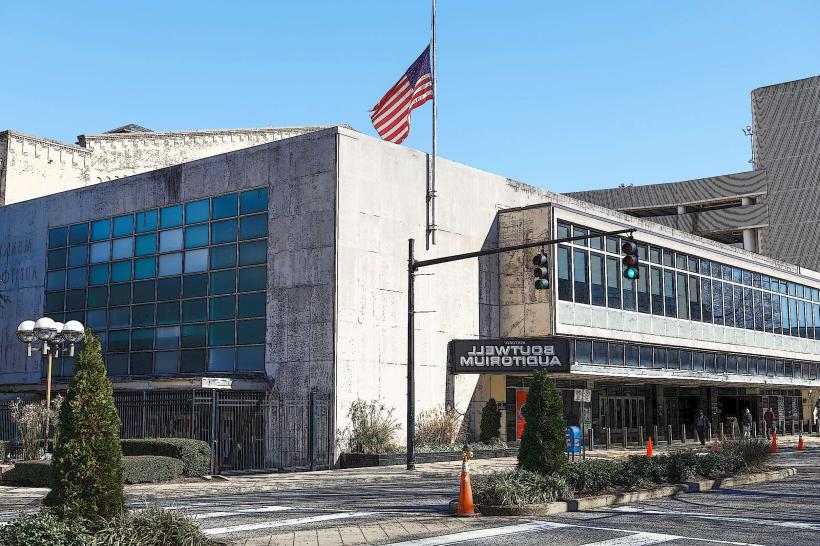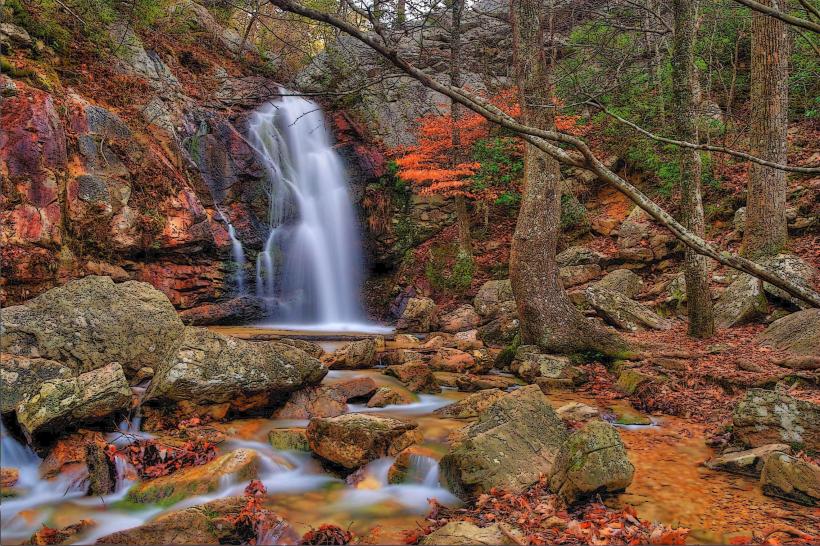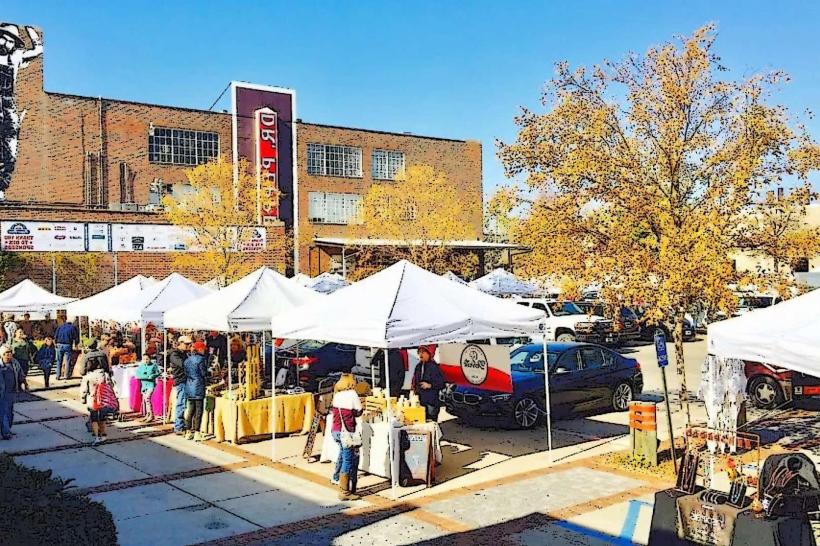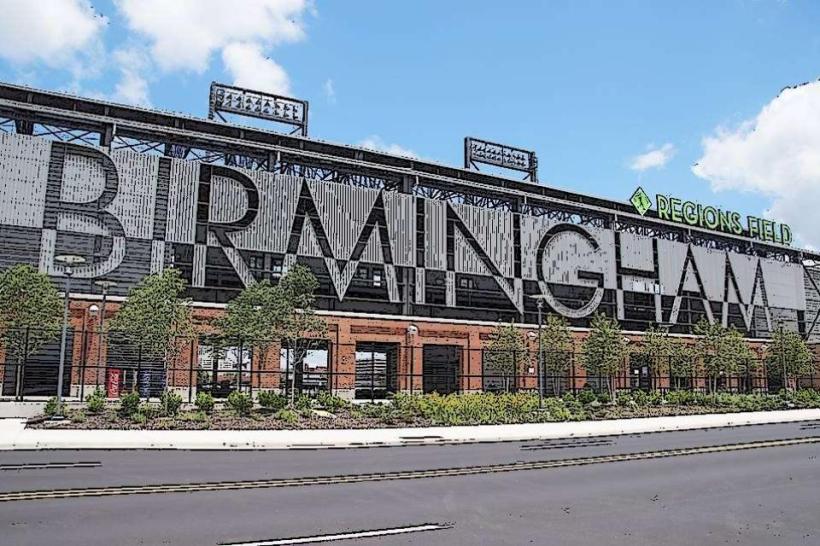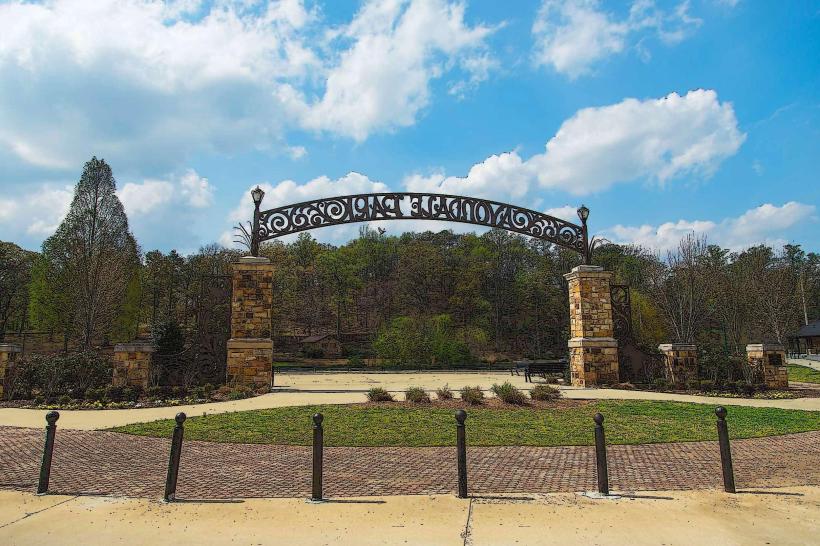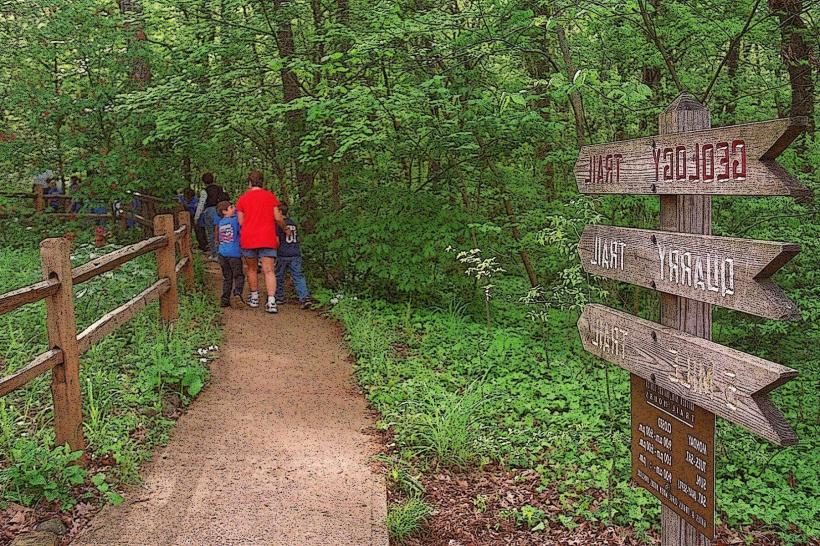Information
Landmark: Birmingham Museum of ArtCity: Birmingham
Country: USA Alabama
Continent: North America
Birmingham Museum of Art, Birmingham, USA Alabama, North America
The Birmingham Museum of Art in Birmingham, Alabama, is one of the leading art museums in the Southeastern United States, recognized for both the breadth of its collections and its role as a cultural and educational hub for the community.
History and Background:
Founded in 1951, the museum quickly established itself as a regional center for fine art. Over the decades, it has expanded through acquisitions, donations, and exhibitions, becoming one of Alabama’s most significant cultural institutions. The building, designed with open gallery spaces and a welcoming layout, sits adjacent to Linn Park in downtown Birmingham, making it easily accessible within the city’s cultural district.
Collections:
The Birmingham Museum of Art houses over 27,000 works of art, spanning thousands of years and representing cultures from around the world. Its collections include:
American Art: Paintings, decorative arts, and sculpture from the 18th through 20th centuries, including works by notable American artists.
European Art: Renaissance and Baroque paintings, decorative objects, and 19th-century works.
Asian Art: One of the museum’s strongest areas, with significant holdings of Chinese ceramics, Japanese prints, and South Asian sculpture.
African and Pre-Columbian Art: Cultural artifacts, ceremonial objects, and textiles representing diverse traditions.
Modern and Contemporary Art: Paintings, sculptures, photography, and multimedia works from the 20th and 21st centuries.
Decorative Arts: Extensive porcelain, silver, and furniture collections, including the celebrated Kress Collection.
Special Exhibitions and Programs:
In addition to its permanent collection, the museum regularly hosts rotating exhibitions of international, national, and regional significance. These exhibitions bring in works from major institutions worldwide and highlight both classical and contemporary art.
Educational programs are a major part of the museum’s mission, with art classes, workshops, lectures, and family-friendly activities available year-round.
Facilities and Amenities:
The museum’s campus includes:
Spacious galleries organized by collection themes.
The Charles W. Ireland Sculpture Garden, featuring outdoor works in a landscaped setting.
An auditorium for lectures, films, and performances.
A museum store offering art-inspired books, crafts, and gifts.
On-site spaces for community events, receptions, and cultural gatherings.
Community and Cultural Role:
The museum provides free general admission, ensuring accessibility for all visitors. It partners with schools, community groups, and regional organizations to promote arts education. Events such as gallery talks, family days, and cultural festivals foster inclusivity and highlight Birmingham’s diverse population.
Sustainability and Growth:
As part of its future planning, the Birmingham Museum of Art emphasizes conservation, accessibility, and inclusivity. It engages in preservation of its collections while expanding community outreach. Digital initiatives also allow broader access to its collections online.
Visitor Tips:
Admission to the museum’s permanent collection is free, making it one of the most accessible cultural experiences in Birmingham.
Visitors should allow at least two to three hours to explore the collections fully.
The sculpture garden offers a peaceful outdoor complement to the galleries.
Checking the calendar for special exhibitions and events enhances the experience, as these often bring rare and important works to the city.
The Birmingham Museum of Art stands as a cornerstone of Alabama’s cultural landscape, combining world-class collections with strong community engagement, education, and accessibility.


